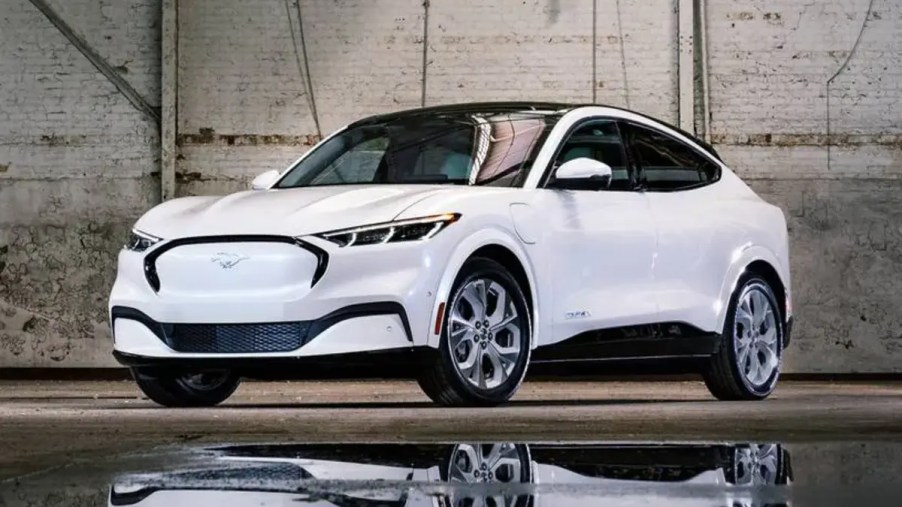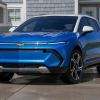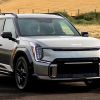
What Percent of Ford’s Q2 2023 Sales Were Electric Vehicles?
Automakers are almost universally years into their growing electric vehicle (EV) programs, and Ford is no exception. Sales are rising in the nascent category, with no signs of the true consumer ceiling for EVs in sight. But for Ford, results are somewhat mixed.
Will Ford continue to expand their EV offerings? Or are they already seeing signs of the limits of fully-electric trims? Read on to find out the Q2 2023 sales context that will point to the potential future of Ford’s innovative new product category.
How many Ford electric vehicles have sold in 2023?
There is plenty of talk about massive EV sales in 2023, from fully-electric luxury brands like Tesla, to Toyota’s slow but successful transition beyond hybrids. Ford electric vehicles have lately earned a lot of mindshare in the discussion, as many recognizable models now have EV options. So how is all this reflected in their overall sales?
According to Ford Authority, not as massive a share as one might assume. In Q2 2023, Ford’s total EV sales added up to 14,843. That’s just under 3% of the American automaker’s total sales. While it does represent some year-over-year growth, it’s down 2.8% from Q1 of this year.
This number was bolstered by the new Mustang Mach-E, which has received high praise despite the crowded luxury EV crossover space. And the 2023 E-Transit van is rapidly becoming a favorite choice for businesses. But EV growth may have been slowed by the curiously declining interest in the much-hyped F-150 Lightning.
Does Ford consider their EV sales rate a success?
On the surface, this appears to be a fairly disappointing number from Ford, which worked hard to rapidly expand their EV offerings. The company has not been shy about their plans for an all-electric future. Right now, consumers aren’t jumping on board at a rate that implies it’s the right time to make such a drastic shift.
Business Insider reports that Ford’s flagship EVs were over-produced. Dealers are losing interest in risking too much space on yet more EV options when the Lightning and the Mach-E tend to sit a bit too long.
That’s a turnaround from Ford’s previous worry, that slow battery production would bottleneck EV sales. Instead, manufactured vehicles aren’t being met with as much consumer interest as expected. But given that this is still a relatively young space, this slow growth in 2023 might not bode so poorly for the future.
The next few years are crucial for establishing Ford electric vehicles as a serious contender
The next few years will be pivotal for the future of Ford EVs. And the eyebrow-raising signs we’re seeing in 2023 might not actually mean their current strategy has the 120-year-old automaker caught flat-footed.
The success of the E-Transit, for example, points to Ford’s decision to add EV options to many different vehicle categories being the right move. Meanwhile, the Mach-E having steady but mediocre sales isn’t quite as bad as it looks. The crossover SUV space is absolutely slammed with EV options, but it’s so popular that it’s important that Ford gets a foothold there.
The next few years are crucial, but Ford has breathing room. The automaker’s battery production is bolstered by a massive $9.2 billion loan. With three factories churning out batteries, Ford—and other American auto manufacturers—will be ready for any surges in demand in the short term.
At a time when some popular models are still heavily back-ordered, this could be a massive boon to Ford’s chances in the EV space over the next decade.


